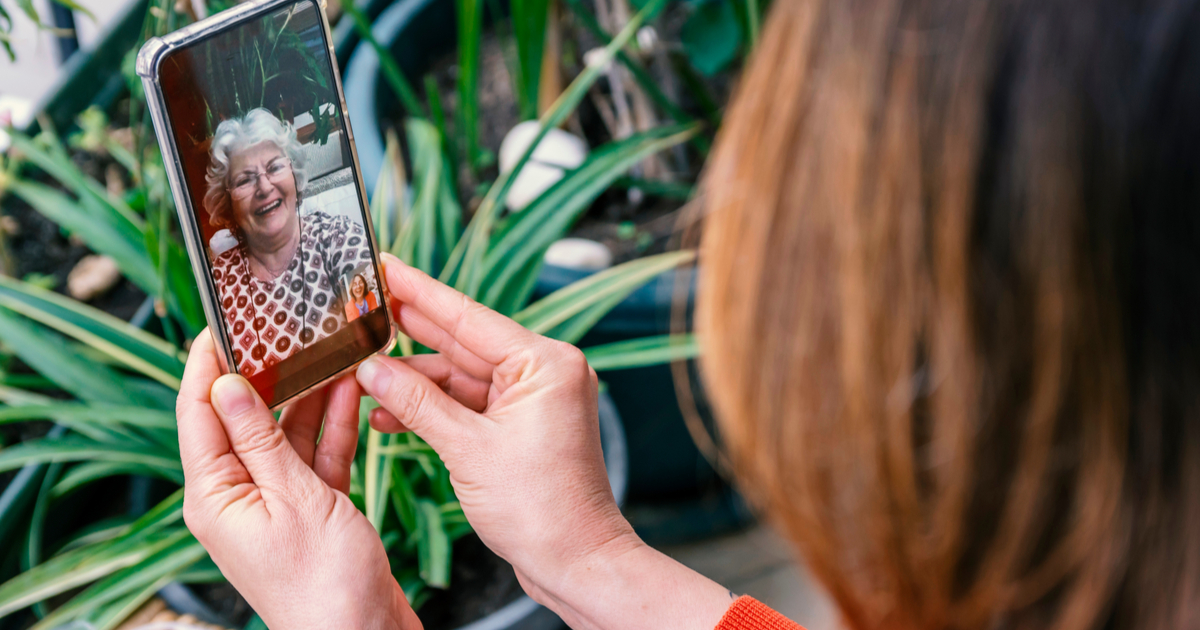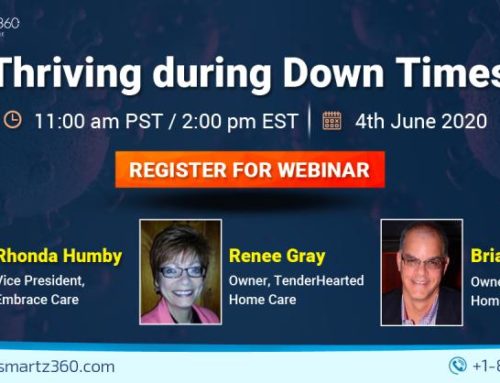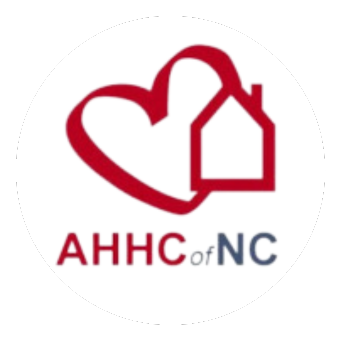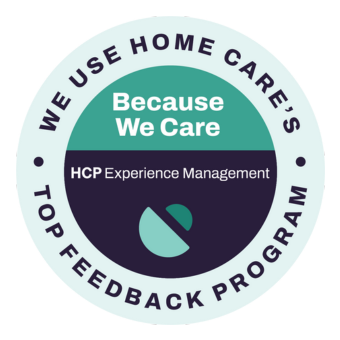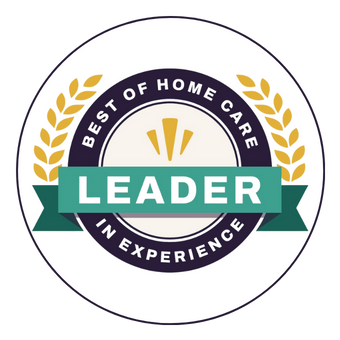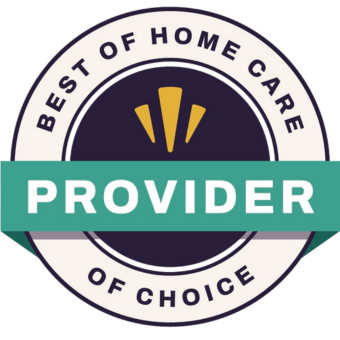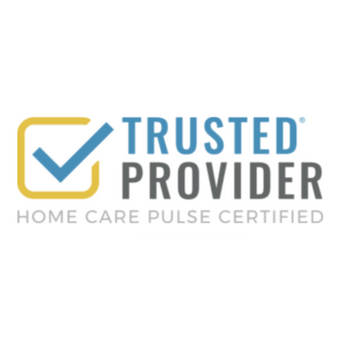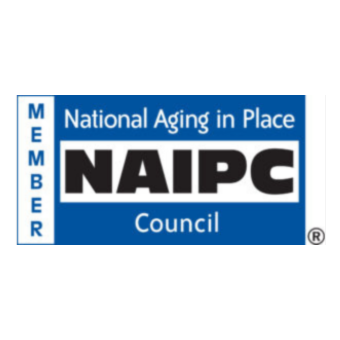Staying connected with your senior loved one is a challenge, even in the best of times. In the current crisis, older adults, especially seniors with underlying conditions, are at a higher risk for COVID-19 and can develop serious complications.
A major risk factor is interacting with others who are infected with COVID-19 for an extensive period. This is why wearing a face mask is so important. While the CDC recommends social distancing, there are options that allow you to stay connected with your senior without physical contact and still keep everyone around you safe.
Technology Options
Technology is a brilliant way to keep in touch, especially if your senior has to self-isolate for health reasons. Today’s software technologies can help them manage their daily wellness and social activities remotely. It also allows you to monitor early signs of potential health conditions from a distance. There are many options to consider depending upon how comfortable or familiar your senior is with technology.
FaceTime and Zoom chats can be an ideal way to stay close while social distancing and is often more appreciated than a letter or card. With a laptop, tablet or cell phone, seniors can connect instantly to you and family members while still staying safe. These applications are super simple to download and easy to use. Staying connected to others by using technology can help your senior ward off depression, loneliness and anxiety caused by social isolation. Some studies show that a lack of companions or a social network can contribute to many health issues in seniors including a weakened immune system.
Offline Options
If the above mentioned technology options for communication won’t work in your particular situation, try these offline options instead:
Phone Calls
Using the phone to stay in touch can keep both you and your loved one safe, too. With GPS tracking available on cell phones, you can manage your senior’s outside activities easily. It simply allows you, as a caregiver, to have peace of mind through remote monitoring. Since the CDC recommends social isolation, especially for seniors with underlying conditions, a simple phone call has never been more accessible to check-in and lift their spirits during these difficult times.
Window Visits
If your senior is living in an assisted living or retirement community, the facility may not allow in-person visits. So try a little creativity in closing the distance you now share. Try coordinating ‘window visits.’ Perhaps you’ve seen the viral videos of these visits online or on television. Family members organize a visit outside their senior’s care facility or home, holding up handmade signs with messages or greetings printed on them.
Car Parades or Porch Parties
Some family members have even organized parades for birthdays and celebrations. How it works is that seniors sit comfortably on their porches as cars drive by expressing good wishes or greetings. Others hold impromptu ‘porch parties ‘ where family and friends gather in the front yard while seniors relax on their porch talking across the lawn.
Greeting Cards or Letters
Hand-written cards and letters may not be an ideal option, but maybe it’s time to resurrect a forgotten art form. Some things cannot be replaced and a ‘gratitude’ letter is one of them. Email may be great for quick exchanges of information, and Twitter for broadcasting about a restaurant entrée, but a gratitude letter expresses so much more than any cryptic, virtual message can. A gratitude letter is perhaps the second best thing you can do when you can’t be there in person. Above all, remember that social distancing does not have to be an isolating experience.
Home Care Options
During coronavirus, in-home care is a viable solution for your senior if they wish to maintain their independence. An in-home caregiver cannot only provide meaningful companionship, but can help seniors stay connected by keeping communication lines open between you and your senior loved one. They can help with setting up devices to video chat, send emails and help with Facetime. Besides running errands, and taking them to appointments, they can also help with your senior’s response to cards, letters and other correspondence if needed.
The biggest challenge is how do in-home caregivers physically distance themselves while still caring for your senior loved one. According to federal guidelines, in-home caregivers should self-monitor for coronavirus symptoms daily. Agencies should be conducting the following wellness assessments, using the CDC guidelines before a caregiver enters your home or your senior’s home:
- Temperature checks
- Physical evaluations for COVID-19 symptoms, including
- Shortness of breath and/or cough
- Exposure to anyone that has COVID-19
In-home aids are taking precautions outside work hours as well by wearing a mask, washing hands frequently and by practicing physical distancing. Check with your agency to be sure they are following federal guidelines for COVID-19 just to be sure.
We’re Here to Help Seniors Stay Connected
Helping a senior loved one stay socially connected while following social distancing guidelines can be challenging when you’re busy or live far away. When you need some assistance, contact HomeChoice Home Care Solutions. As a fully licensed and insured home care agency, our well-trained caregivers know how to keep seniors socially engaged safely so they can continue aging comfortably in place right at home. In addition, all our carefully screened caregivers stay constantly updated on the most recent COVID-19 prevention guidelines.
In addition to companionship, our reliable in-home caregivers can perform duties like light housework, personal hygiene, meals, food shopping, and medication management. And, all our family trusted home care services can be individually combined into an affordable package when and where you need them! To learn more about HomeChoice Home Care Solutions today, or to schedule an initial interview for a senior in our service area today, please call or visit us online.
